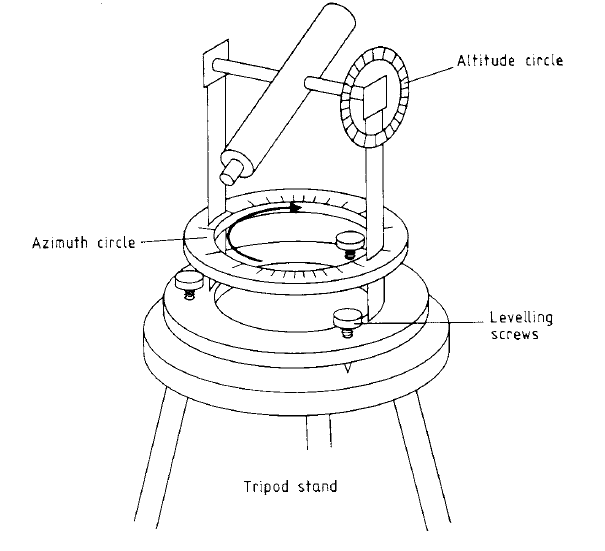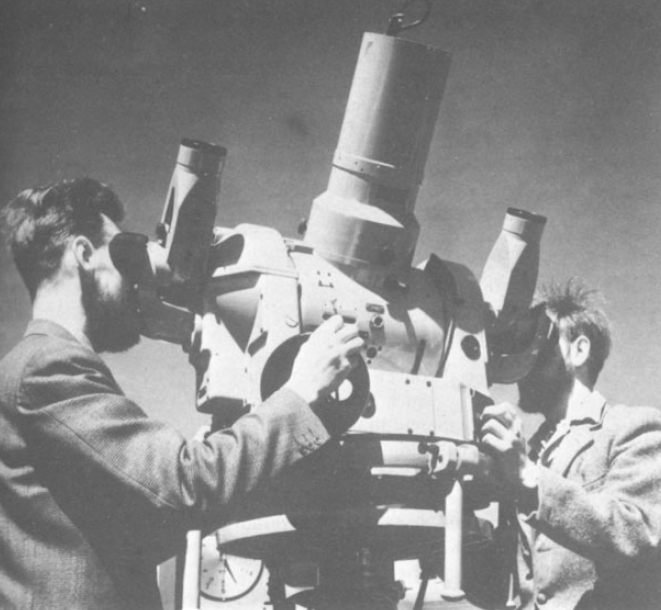
تاريخ الفيزياء

علماء الفيزياء


الفيزياء الكلاسيكية

الميكانيك

الديناميكا الحرارية


الكهربائية والمغناطيسية

الكهربائية

المغناطيسية

الكهرومغناطيسية


علم البصريات

تاريخ علم البصريات

الضوء

مواضيع عامة في علم البصريات

الصوت


الفيزياء الحديثة


النظرية النسبية

النظرية النسبية الخاصة

النظرية النسبية العامة

مواضيع عامة في النظرية النسبية

ميكانيكا الكم

الفيزياء الذرية

الفيزياء الجزيئية


الفيزياء النووية

مواضيع عامة في الفيزياء النووية

النشاط الاشعاعي


فيزياء الحالة الصلبة

الموصلات

أشباه الموصلات

العوازل

مواضيع عامة في الفيزياء الصلبة

فيزياء الجوامد


الليزر

أنواع الليزر

بعض تطبيقات الليزر

مواضيع عامة في الليزر


علم الفلك

تاريخ وعلماء علم الفلك

الثقوب السوداء


المجموعة الشمسية

الشمس

كوكب عطارد

كوكب الزهرة

كوكب الأرض

كوكب المريخ

كوكب المشتري

كوكب زحل

كوكب أورانوس

كوكب نبتون

كوكب بلوتو

القمر

كواكب ومواضيع اخرى

مواضيع عامة في علم الفلك

النجوم

البلازما

الألكترونيات

خواص المادة


الطاقة البديلة

الطاقة الشمسية

مواضيع عامة في الطاقة البديلة

المد والجزر

فيزياء الجسيمات


الفيزياء والعلوم الأخرى

الفيزياء الكيميائية

الفيزياء الرياضية

الفيزياء الحيوية

الفيزياء العامة


مواضيع عامة في الفيزياء

تجارب فيزيائية

مصطلحات وتعاريف فيزيائية

وحدات القياس الفيزيائية

طرائف الفيزياء

مواضيع اخرى
Portable positional instruments: The theodolite
المؤلف:
A. Roy, D. Clarke
المصدر:
Astronomy - Principles and Practice 4th ed
الجزء والصفحة:
p 345
29-8-2020
2206
Portable positional instruments: The theodolite
For some purposes, such as surveying, it is useful to have some kind of portable instrument which is capable of determining the position of an observer from measurements made of astronomical objects. Such an instrument is the theodolite.

Figure 1. The theodolite.
The theodolite is essentially a small telescope, with an erecting eyepiece and graticule, which is mounted on an alt-azimuth stand. The basic design is illustrated in figure 1. A horizontal axis is set up between two pillars so that the telescope can be set to any value of altitude. The pillars are secured to a rotatable ring so that the horizontal axis can be directed to any azimuth. Levelling screws and spirit levels allow the instrument to be set up at any site. Graduated circles which are attached to the two axes allow measurements to be made of the azimuth and altitude of any celestial object. Filters are usually provided to cover the objective so that positional measurements can be made of the Sun. Positional measurements can be made with an uncertainty which is typically of the order of a few seconds of arc. By taking readings of the positions of different objects at known times or by taking readings of the position of one object over a known interval of time, the geographic position of the observer can be determined, after applying the relevant corrections for atmospheric refraction, semi-diameter (if the Sun or Moon is observed), etc.
For satellite tracking, special quickly-adjustable theodolites are required and such a system is depicted in figure 2.

Figure 2. A satellite-tracking kinetheodolite of the Royal Observatory, Edinburgh. (By courtesy of the Royal Astronomical Society.)
 الاكثر قراءة في مواضيع عامة في علم الفلك
الاكثر قراءة في مواضيع عامة في علم الفلك
 اخر الاخبار
اخر الاخبار
اخبار العتبة العباسية المقدسة

الآخبار الصحية















 قسم الشؤون الفكرية يصدر كتاباً يوثق تاريخ السدانة في العتبة العباسية المقدسة
قسم الشؤون الفكرية يصدر كتاباً يوثق تاريخ السدانة في العتبة العباسية المقدسة "المهمة".. إصدار قصصي يوثّق القصص الفائزة في مسابقة فتوى الدفاع المقدسة للقصة القصيرة
"المهمة".. إصدار قصصي يوثّق القصص الفائزة في مسابقة فتوى الدفاع المقدسة للقصة القصيرة (نوافذ).. إصدار أدبي يوثق القصص الفائزة في مسابقة الإمام العسكري (عليه السلام)
(نوافذ).. إصدار أدبي يوثق القصص الفائزة في مسابقة الإمام العسكري (عليه السلام)


















